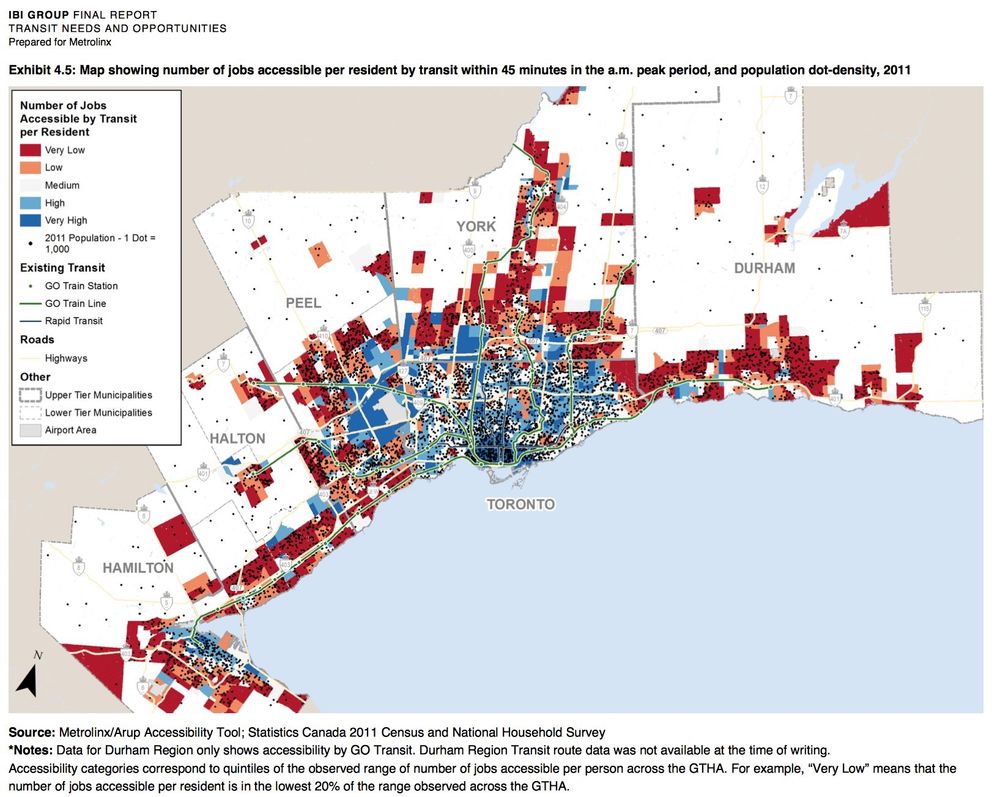Pamela Blais
@pamelablais.bsky.social
100 followers
310 following
51 posts
City planner. Author, Perverse Cities: Hidden Subsidies, Wonky Policy, and Urban Sprawl.
Posts
Media
Videos
Starter Packs
Pamela Blais
@pamelablais.bsky.social
· Sep 5

Old is gold: once-shunned decrepit buildings find new commercial uses in Viet Nam’s cities
Going to old buildings to shop and have coffee and food has become popular with young people in major cities looking to find somewhere chic and attractive to relax.
vietnamnews.vn
Pamela Blais
@pamelablais.bsky.social
· Sep 2
Pamela Blais
@pamelablais.bsky.social
· Sep 2
Pamela Blais
@pamelablais.bsky.social
· Sep 2
Pamela Blais
@pamelablais.bsky.social
· Sep 1
Pamela Blais
@pamelablais.bsky.social
· Jun 28



